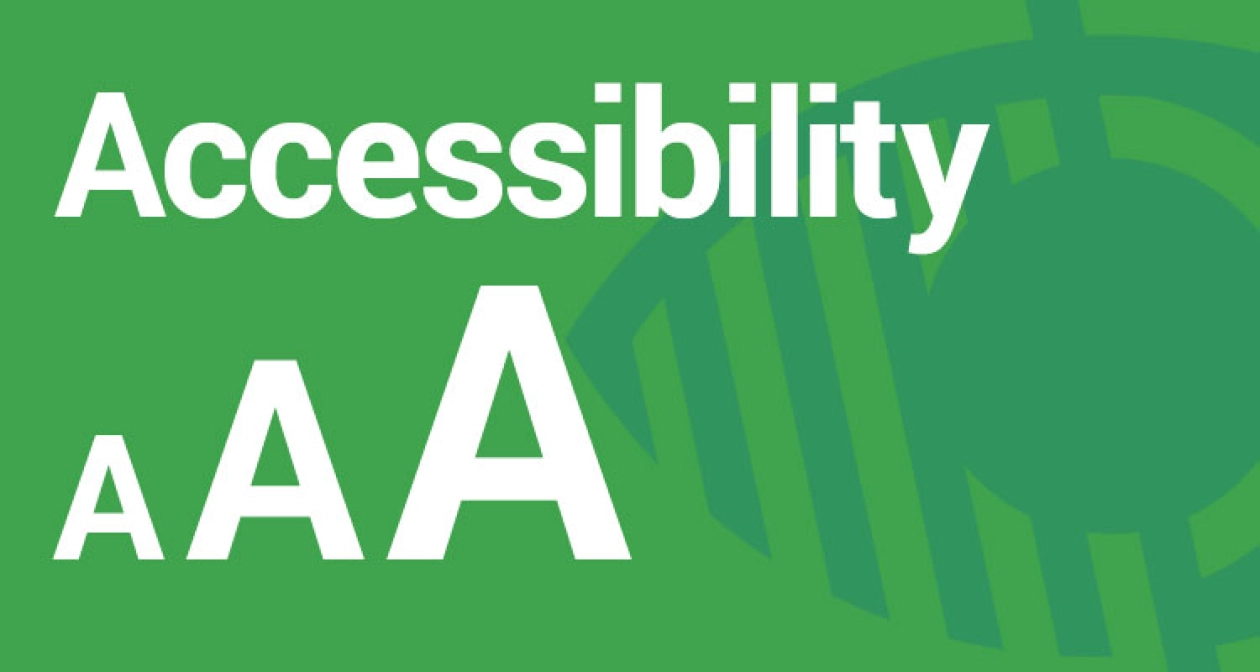The Applecado Blog

While there is no ‘one size fits all’ set of guidelines, a number of organisations, including the World Wide Web Consortium (W3C) have developed standards that website designers can follow to ensure all visitors are able to use your website effectively.
Websites are generally made up of fonts, colours and content such as copy, video and images. When a designer is designing your website they should be considering these aspects and how they will be perceived if the user cannot see the site as intended.
Colour contrast for text is also an important consideration as all users must be able to see the text on the chosen background colour. Fonts are always carefully considered but there are certain fonts optimised for dyslexic readers.
Internet browsers have built in zoom functionality, allowing users who struggle with near or far vision changes to zoom in or out from sites as needed.
Users will generally be using their mouse to navigate around the site, to click on buttons and navigate menu options, however not everyone will be able to use a mouse. When building a site it is important to make sure the correct tags have been put in place, so a user can navigate the site and links using their keyboard. They should be able to use the keyboard to scroll through menu options, click on a link or scroll down the page, if this isn’t the case then you risk losing customers as they aren’t able to easily navigate around your website.
Another aspect of navigation is considering the layout of a website and the ‘predictable’ ways in which a site works. If your website doesn’t work in a predictable way (as we’d understand websites to work), then it is important to show users how to use the site. If this is the case, I would consider why your site isn’t predictable, and what benefit you’re getting from this.
It is vitally important to use tags on your website. This isn’t just the ‘alt tags’ for images, but also the ‘title tags’ for links. A blind user may use a screen reader to help them interpret websites, and without these tags the screen readers simply cannot decipher what is on a page, making your website un-usable and inaccessible to all some.
Links should also be readable, use links that say click here for delivery prices, not click here for delivery prices.
A lot of websites are very image and video heavy nowadays… which for some is an accessibility nightmare. It is important to make sure your site has ‘text alternatives’ for the images and videos, to allow all users to access the information on your site.
There are lots of tools online that will help you check the accessibility of your site, a good one to start with is the W3C Easy Checks list. This will help you audit your site to see what is good and which aspects you need to give some attention to.
If you’re unsure about the accessibility of your website and would like a chat about how your site could be changed to fit the standards, then get in touch with us now.